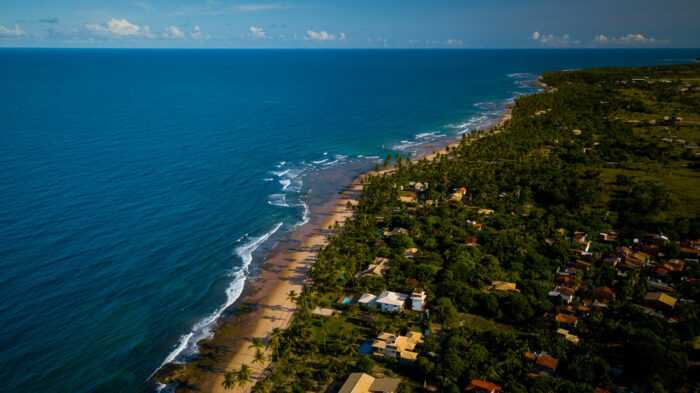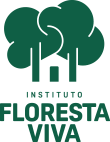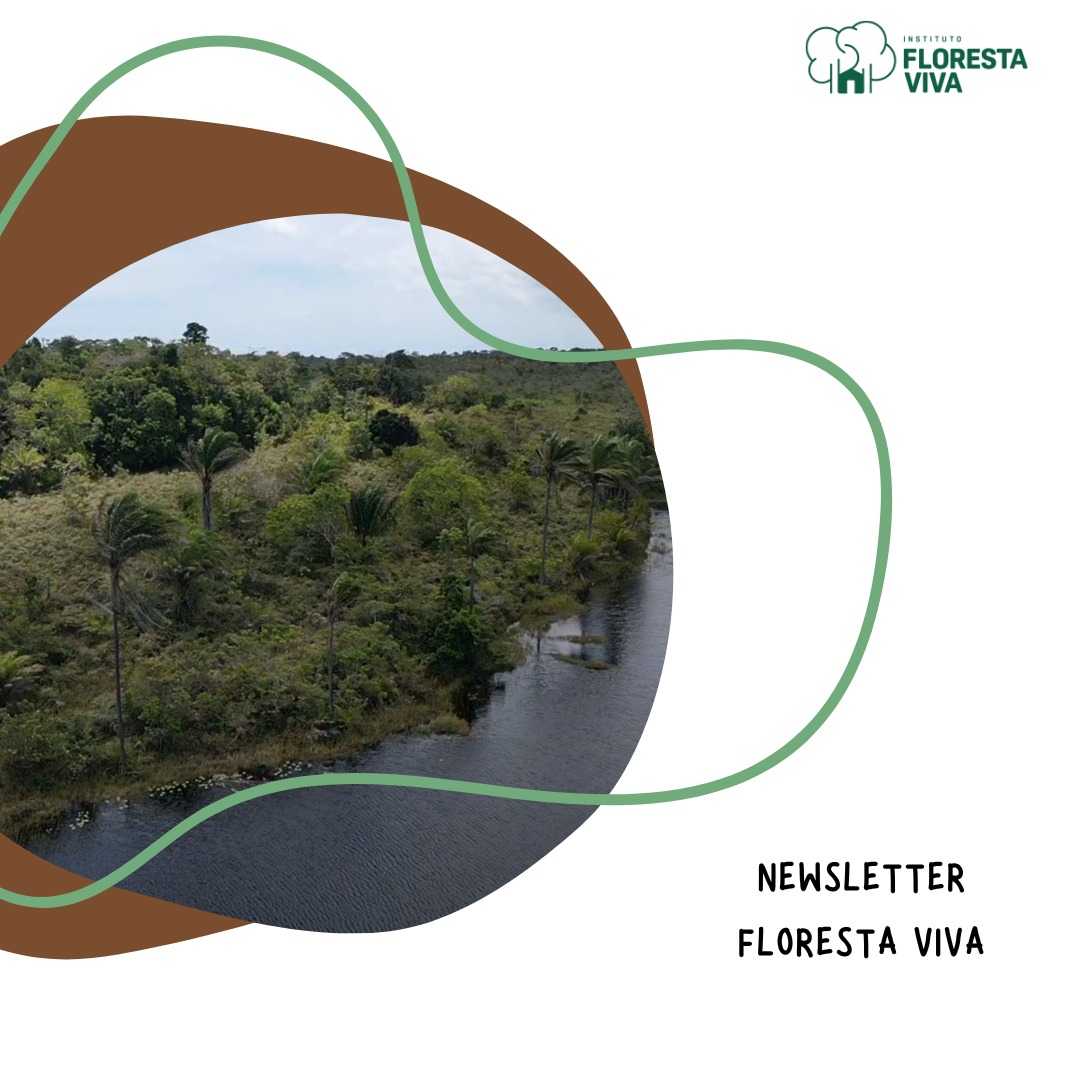The southern region of Bahia is known for its natural beauty, coastal richness and also for the cacao activity that, for more than 200 years, has been attributing an identity to the territory. This characteristic of the region, however, is little studied and the lack of information about local activity often hinders better management and decision-making by industry and the private sector, as well as to guide the construction of appropriate public policies. to the producers.
To reverse this scenario, the study Panorama of cocoa farming in the territory Litoral Sul da Bahia – 2015/2019, was carried out by Instituto Floresta Viva with the support of several organizations, including
them CocoaAction Brasil and Arapyaú.
elas CocoaAction Brasil e Arapyaú.
Over four years, the report analyzed the database built from the rural census sectors of the IBGE and by conducting interviews with 3,090 rural producers in 26 municipalities of the Território de Identidade Litoral Sul da Bahia (TILSB).

BUT WHAT IS THE REAL SCENARIO OF THE COCOA REGION AND ITS CHALLENGES?
The data prove that the problems to be faced are still many and will demand integrated solutions on several fronts, hence the importance of uniting the cocoa production chain to solve the numerous challenges presented for the development and innovation of this production chain.
The cabruca system is the main cocoa production model in the region, cultivated by 78% of producers in southern Bahia, while 8% vary with SAF and 8.7% cultivate in full sun. On the other hand, only 20% carry out the fermentation of the almond between 5 and 8 days, which guarantees the quality of the cocoa that is sold and, consequently, greater added value.
As for the use and occupation of the soil, in the establishments there is a predominance of cocoa farming (32.6%), followed by pastures (24.8%). The average area occupied by cocoa plantations is 12 hectares per establishment, with 50% of the establishments having areas greater than 5 hectares of cocoa.
Among the producers, the level of education and access to credit is noteworthy: more than 58% have only incomplete primary education, and of these 11% never studied, and 63% said they never had credit for production. Cocoa marketing is predominantly to warehouses (69%), middlemen (19%) and processing industries (12%). On average for the territory, cocoa represents 79% of the income of rural establishments, with 50% of establishments having a monthly income below R$ 1,606.
One of the chapters deals with working and housing conditions, for owners and workers: 78% of producers have electricity in their establishments, but only 29% are provided with water and sewage networks and 77% have sanitary sewage through a rudimentary cesspool.
The sample has a confidence level of 95% and an estimated margin of error of 2.22 percentage points, more or less, under the general results.








